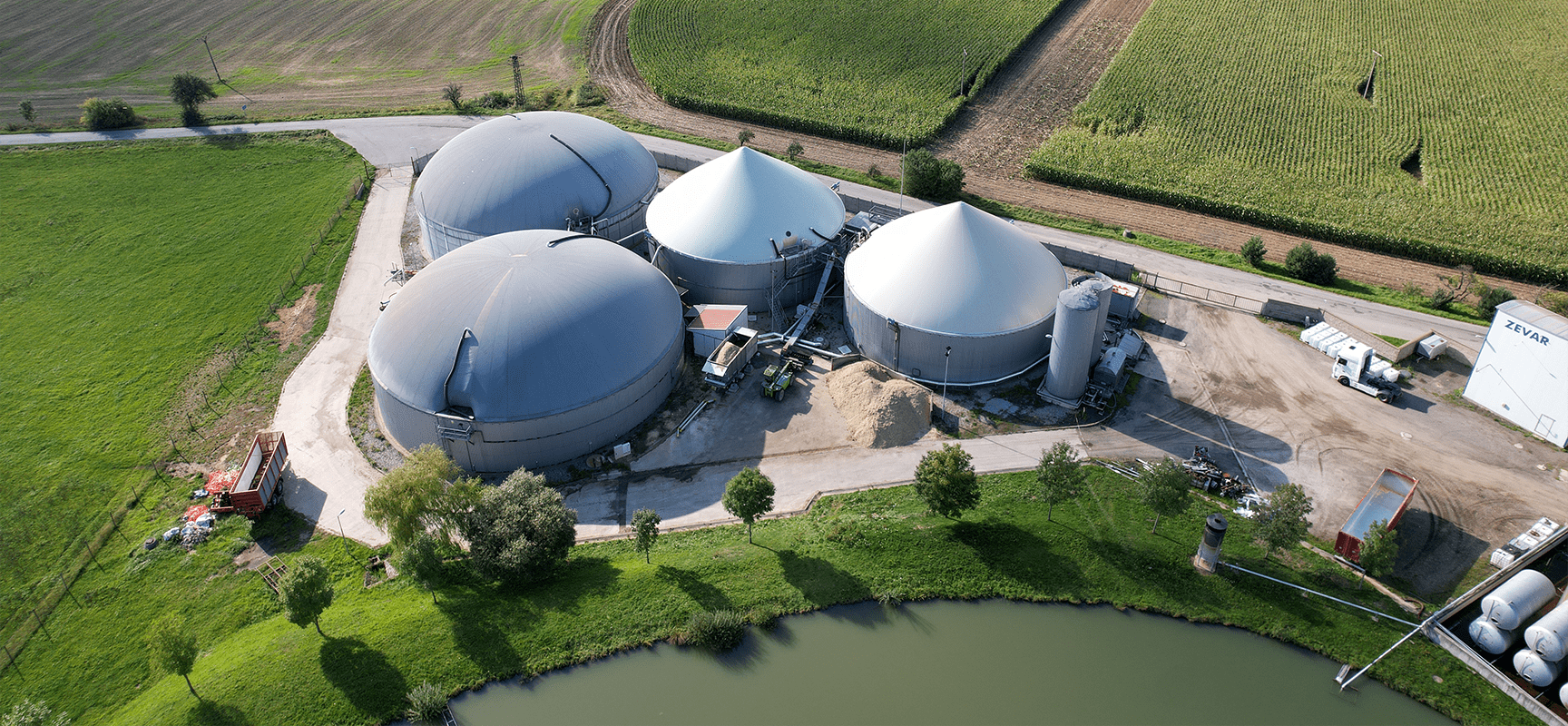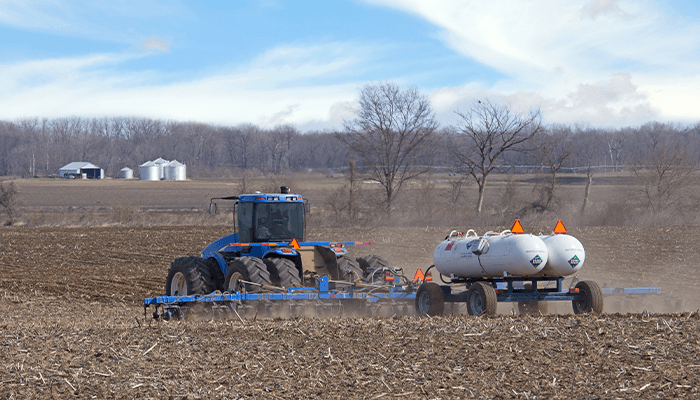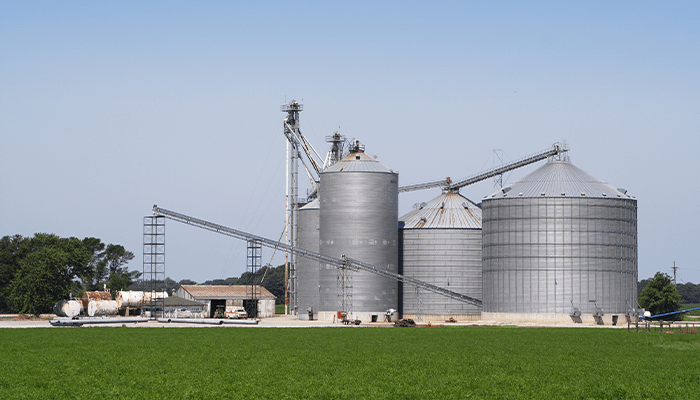
Unlocking Carbon Credits in Agriculture: What You Need to Know
Carbon credits as a concept have been around for years, offering both environmental and economic opportunities for the agriculture sector. With sustainable practices taking center stage, it's critical to understand how these credits work and how they can impact agribusiness.
What are carbon credits?
A carbon credit is created from carbon offset, which means doing something that prevents carbon dioxide emission or other greenhouse gasses. One carbon credit equals one metric ton of carbon dioxide. Carbon credits can be created by any project that reduces, destroys, or captures emissions, but they are most often created through sustainable agricultural practices. These credits can be bought and sold and can help companies to achieve greenhouse gas (GHG) reduction goals.
Carbon credits are sold in two different markets:
- Compliance markets: are regulated markets where companies purchase credits to meet mandatory GHG reduction targets.
- Voluntary markets: Individuals and businesses buy credits to achieve self-set sustainability goals. The number of voluntary credits issued has been increasing and will likely continue to grow.
Are you ready to boost your farm's profitability while making a positive impact on the environment? Contact AssuredPartners Agribusiness.
How Agriculture Creates Carbon Credits
The ag industry is uniquely positioned to generate carbon credits through sustainable practices that reduce emissions or capture carbon. Here are a few common methods:
- Soil Carbon Sequestration: Practices like no-till farming and planting cover crops store more carbon in the soil.
- Methane Digesters: These systems capture methane emissions from livestock manure, converting them into usable energy.
- Fertilizer Management: Optimizing nitrogen fertilizer usage reduces emissions while maintaining crop productivity.
- Livestock Management: Adjusting feed and improving grazing systems can minimize methane emissions.
- Wetlands Restoration: Revitalizing degraded wetlands increases carbon storage while enhancing biodiversity.
Choosing the Right Carbon Credit Program
There are several different carbon credit programs to choose from to generate carbon credits. Each program has different requirements, payout structures, and reporting obligations. Popular programs include Corteva's Carbon Initiative, the Bayer Carbon Program, and Nutrien's Carbon Program.
Before committing, evaluate how a program aligns with your operational goals, financial expectations, and land management practices.
Overcoming Barriers to Participation
Recent surveys have found that 93% of producers are aware of carbon markets, but only 3% are actually enrolled in a carbon credit program. Common concerns include:
- Return on Investment (ROI): Farmers often question whether the financial rewards justify the time and effort involved.
- Complexity of Enrollment: Navigating eligibility requirements and application processes can be daunting.
- Verification Costs: Assessing and certifying carbon reductions can be an added expense.
- Time Commitment: Programs often require detailed record-keeping and regular reporting.
The U.S. Department of Agriculture has outlined ways to address some of these concerns and barriers stopping farmers from enrolling.
How AssuredPartners Agribusiness Can Help
Our agribusiness team is an excellent resource for clients navigating the carbon markets. Here's how we can provide support:
- Risk Management: coverage solutions that mitigate risks tied to adopting new practices, such as crop performance or equipment failure.
- Guidance: Help clients evaluate carbon credit programs and choose one that aligns with their goals.
- Financial Security: Advice on leveraging revenue from carbon credits to enhance operational stability and long-term growth.
Carbon credits represent a way to enhance profitability while contributing to a sustainable future. As demand for these credits grows, the potential for financial rewards increases, making it an ideal time for agribusinesses to take action. Learn more about carbon credits here: Carbon credits 101: How do they work in agriculture?
Related articles

Nitrogen is the cornerstone of crop production, vital to plant health and growth. However, one of the most efficient yet challenging sources of nitrogen is anhydrous ammonia (NH3). While NH3 is an...

The outlook for the U.S. poultry market is promising as demand remains high, flock populations have recovered, and market prices are expected to increase, according to the USDA’s August 2024...

Grain entrapments are down 36 percent in 2023, according to Purdue University's Agricultural Safety and Health Program's latest "2023 Summary of U.S. Agricultural and Confined-Space Related Injuries...